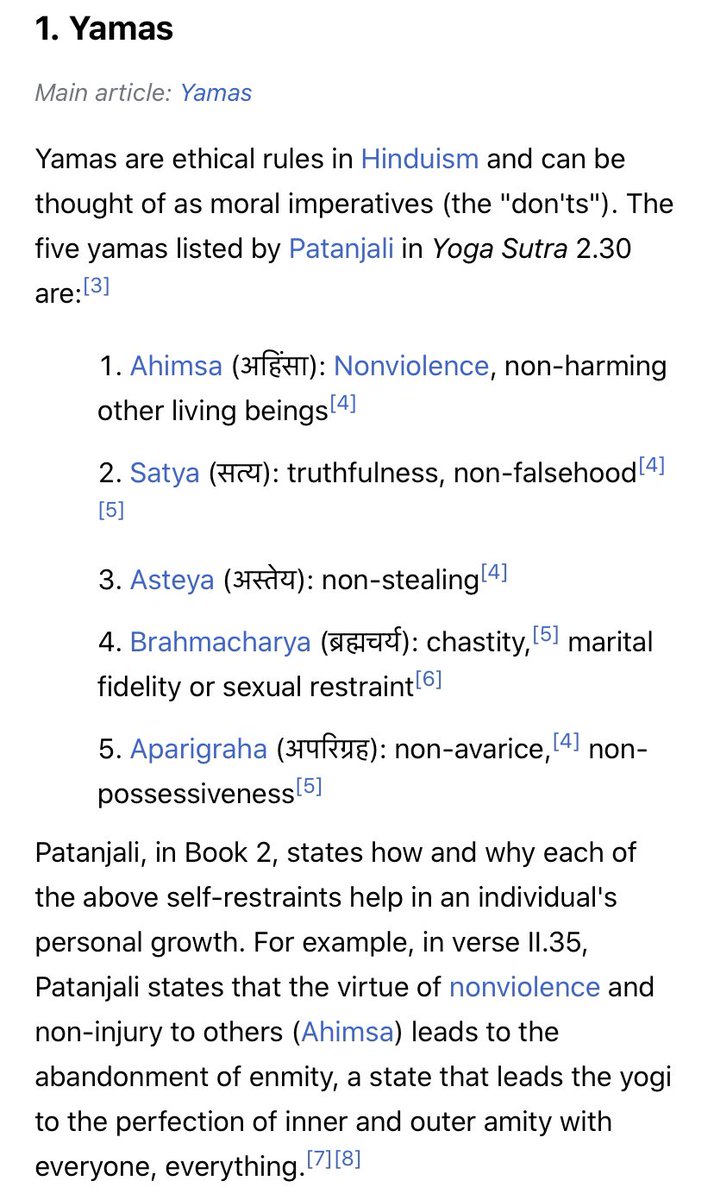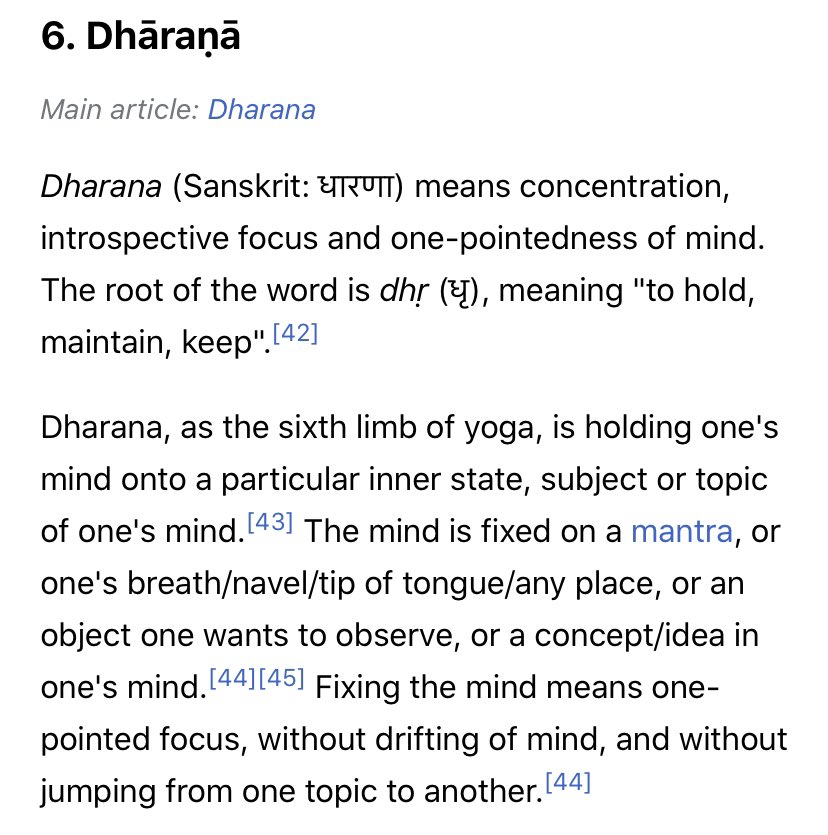There are 8 steps of attaining yog, @UnSubtleDesi Nupur ji. You are attempting the 7th step directly. It will be a very Herculean task for you if you start at step-7 bypassing previous ones.
These 8 steps are called 8 limbs (ashTānga) of Yog.
Yama 3 & 5 are key here. Since 3rd + 5th = 4th.
3. Don’t enjoy that which is not mine
5. Don’t get too attached to enjoying that which IS mine
1. Don’t hurt in any way that which is rightfully mine & which I am trying to enjoy without attachment
The most important aspect to understand that brahmacharya actually means astèya + aprigraha
Astèya = मातृवत् परदारेषु परद्रव्येषु लोष्टवत्
Aparigraha = तेन त्यक्तेन भुन्जिथा
It reflects on mind and buddhi too.
As per modern business school ethic, we are following and being taught Duryodhana’s dictum - असंतोषं श्रियं मूलात् (discontent leads to prosperity.
We are taught institutionally to negate the ultimate aim of niyama.
Ability to win over an āsana in order to complete one sankalpa. It literally means making body supple enough to hold on for long times.
At times mind is ready but body is not fit to see a task/aim/project through.
Having body-mind-buddhi aligned and overoiled is āsana-siddhi.
Bring where? what? how? That is the differentiator.
Furthermore, prāNa exists with his partner - rayi (रयि). In other words, prāNa is purusha and rayi is prakruti
A prāNa which takes something up is ud+āna. On adhibhautika plane, any anabolic activity (which builds up things from its units) is powered by udāna.
Any catabolic activity (bringing down, reductionanism) is powered by apāna.
So on and so forth
On adhidaivik plane, udāna is signified by hiranYagarbha brahmadeva/sūrya.
Samāna is signified by Vishnu
apāna is signified by Shankara
vyāna is signified by gaNapati
This again starts happening more and more easily and holistically as we start getting some control over our breathing and food/drink/thought intake. Shaucha. 😊
This ends external 5 limbs of yoga as external 5 limbs of prakruti
And while much is written about it, it becomes easier if one has internalized the understood the external five described previously.
“Are you a high-flier? Or are you actually a low-flier supported by occasional gusts of wind?” 😊
A high flier does not need gusts of wind to achieve his heights and sustain there. He is self-powered.
Most of us are low fliers who are supported by gusts of wind such as planetary alignment/mood (of self and those around) etc
This ability to attain dhāraNā on anything at will for however long without fatigue is essential here
In this way, Sānkhya yoga is extremely shani-pradhān. 😀 A flash of brilliance is not very valuable here
I have tried observing when I achieve dhyāna and when I revert back to dhāraNā. Actually I observe it everyday
No wiki screenshot here. It is experiential.
Being an engineer and a scientist, I find the analogy of gear-box useful here.
Until dhāraNā we align ourself as perfectly as possible with that subject.
But when coupling is complete - we enter samādhi (सम् + आ + पत् - To fall in completely and equanimously from all sides).
To continue the gearbox analogy, a successful coupling
In my limited experience, the state of dhyāna is mostly very short lived.
If coupling is unsuccessful, we revert back to dhāraNā after some “turbulence”.
If coupling is successful, we enter samādhi.
As I said, an occasional flash of brilliance (ie samādhi) is not much valuable (although it is a mark that you are on right path).
साधो सहज समाधि भली said kabīra.
This “sahaja-samādhi” is what we aspire.
किती धर्मसंस्थापना अन्नशांती
पस्तावलो कावलो तप्त जालो
तुझा दास मी व्यर्थ जन्मास आलो...
जय जय रघुवीर समर्थ!!! 🙏🙏🙏












